Summary
Is hell suddenly freezing now? Well, that would certainly be a bit exaggerated and extra-green Waldmeister ice belongs in the mouth and not in the PC. But if you're honest, even if it might not be so easy for many emotionally: the slimmed-down TU116-300 on the GeForce GTX 1660 is, finally together with the price, a rather sweet story. A visible advance over The Pascal cards, such as a GeForce GTX 1060, is also the higher efficiency in power consumption. The old Pascal card is performed absolutely loosely, at a similar price at the counter and later also at the socket. This, too, is an astonishing finding, but it is also proven by this test.
The tensor and RT cores "deprived", the area used is still huge compared to the Pascal cards, but it will probably have been an economic consideration in addition to the architecture-based changes mentioned in the intro, partial designs so as it now seems to be under a good technological control.
With RTX Off, a few shaders of less and unfortunately also slower memory, Nvidia has finally managed to create an acceptable turing for the 200-euro class, which should also benefit even further from the price war on the streets. This with the memory is architecturally related, because to attach 8 GB to a 192-bit interface, one would probably have landed with a chin-up similar to the GeForce GTX 970, but what is the point? Please do everything, but not. So you can turn it and turn it as you like, with a pure Full HD card you will probably have to go with these 6 GB in green for a while.
MSI GTX 1660 Gaming X 6GB
You almost don't need the maximum 140 Watt Power Limit, because the card is already in its class at the front of the bar. The 1965 MHz boost clock of the heated card in the closed housing is really good and the reached 2115 MHz when overclocking as well. In the test, the card does exactly what you could and can expect from it and yet I find the smaller sister a bit more successful. Why? Because it fits better and certainly better to the target target group of full HD gamers! Also and above all in terms of price.
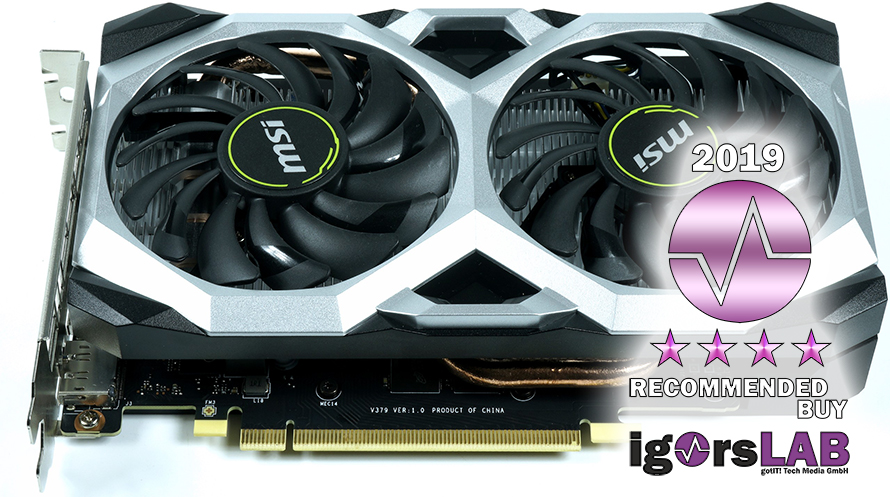
MSI GTX 1660 Ventus XS
With its 21 cm length, this Full HD card is also pleasantly short. Despite the low price for this chip class, it does not have to compromise on one-fan cooling, but has two that could not have been set more narrowly. This also keeps it quite quiet and cool, which is particularly noticeable for the boost clock. With up to 1980 Mhz at real load, this card with less than 130 watts of power consumption still runs quite fixed.
Exactly this point, as well as the fact that almost all distributors see the entry-level cards of the GeForce GTX 1660 in perspective even around or below 200 Euros, makes such a card a real buy tip if you can and want to live with 6 GB of storage. It makes no difference whether one opts for this rational conversion or the top model of MSI, the cards are the same fast and can also be overclocked completely identically.
Visually, you can already see the struggle for cost savings, but only at a second glance, because the fact that MSI uses non-nickel heatpipes for this card and dispenses with the RGB balcony lighting, you can confidently book under peanuts. The overall package therefore fits perfectly and that's why I forgive the purchase tip here. Small but fine.
Conclusion
The fact that with an Nvidia card in today's RTX irradiated time you can still speak of a price/performance tip is almost a miracle and shows very nicely what the green fraction is also able to do if you only encounter enough resistance. With the GeForce GTX 1660 you are now wild in the Polaris base station, which until now could only smile icy lyriserly about the somewhat foot-lazy GTX 1060 6 GB. Could, because that's over with the GeForce GTX 1660 at the latest.
The memory connection with the GDDR5 memory is Nvidia's own self-protection, so as not to let an extremely well-tactable card cannibalize its own Ti away. In this way, however, the distance is maintained and the Ti is safe for the time being. Conversely, however, one had to go down with the price, because otherwise all measure would have been lost. The result, however, is a really competitive card, which fortunately still lacks a maximum of 2 GB of memory, but which can clear up on Full HD in its now targeted price range. With or without more memory.
You can and will have to wait for Navi on the other side. And the late shift into the later second year would also underline that AMD has noticed that with these small Turing cards you will also get a real problem in the lower middle class and you might even get a real problem in the quiet comb. rethinks and rethinks the performance." The winner would in any case be the customer. And there is something moving, if only in the lower layers of sediment.
And otherwise? The Radeon RTX 580, should the current price of the RX 580 from Powercolor not only be a marketing fire, is a really fancy offer for the performance class below, as long as the price stays exactly there. Then you can also easily hurt the few cents for the electricity. With the Radeon RX 590, something will probably have to happen in terms of price in order for the customer to remain inclined. In itself, it is still a good card, especially in AMD-dominated games such as Forza Horizon or The Division 2. But for the typical 200-euro customer, the GeForce GTX 1660, storage back and forth, is almost the better choice.
- 1 - Architektur, Testmuster, Testsystem
- 2 - Teardown und Analyse
- 3 - Benchmarks bei 1920 x 1080 (Übersicht)
- 4 - Benchmarks bei 1920 x 1080 (Einzelergebnisse)
- 5 - Benchmarks bei 2560 x 1440 (Übersicht)
- 6 - Benchmarks bei 2560 x 1440 (Einzelergebnisse)
- 7 - Leistungsaufnahme im Detail
- 8 - OC, Taktraten, Temperatur, Infrarot
- 9 - Lüfter und Lautstärke
- 10 - Zusammenfassung














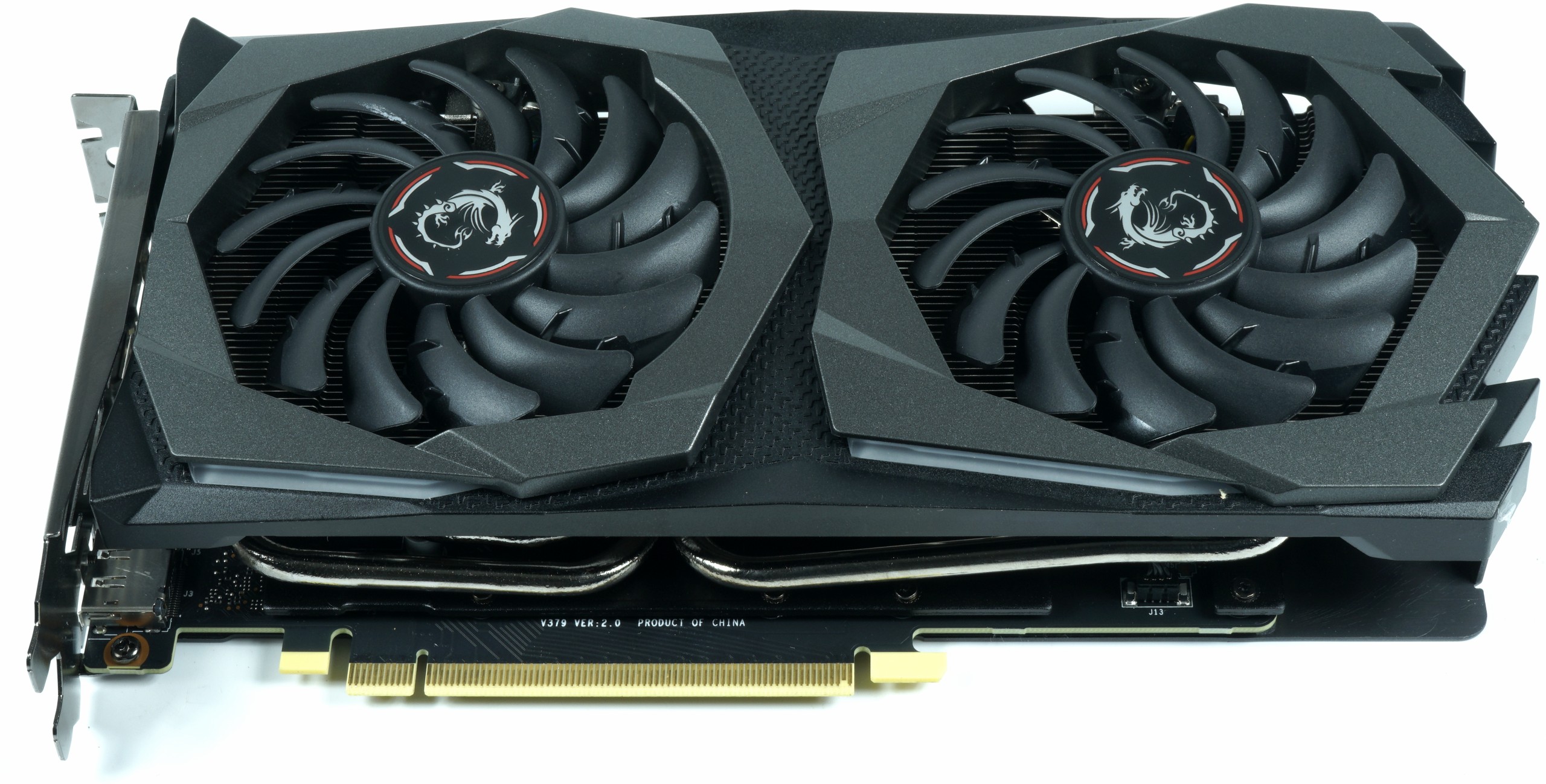

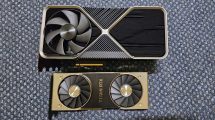
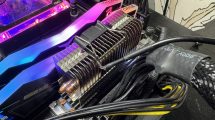




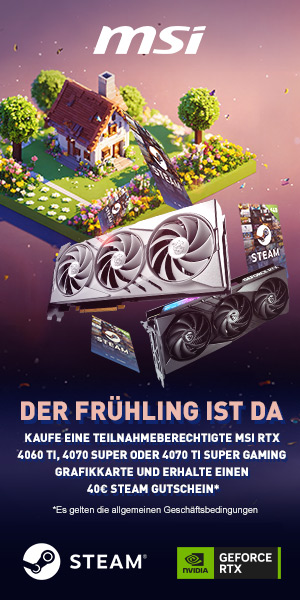

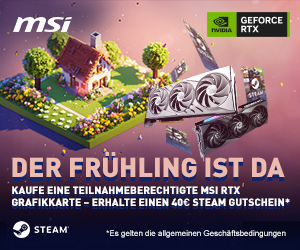





Kommentieren